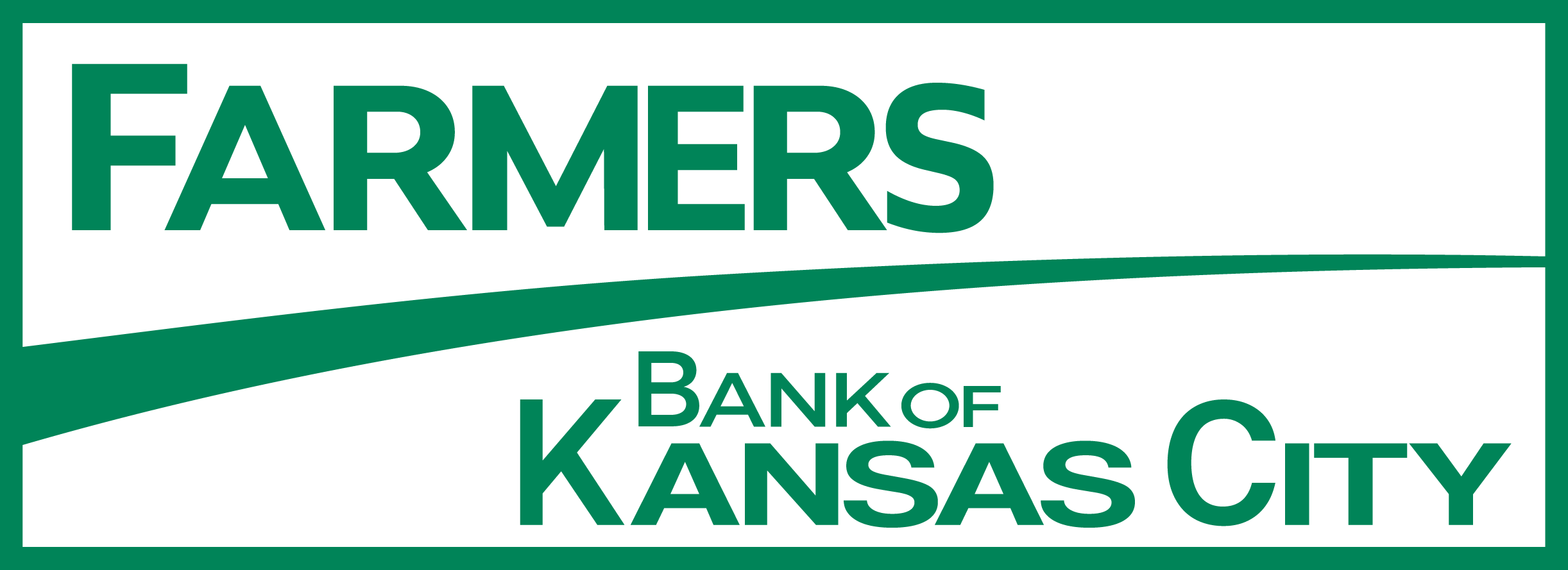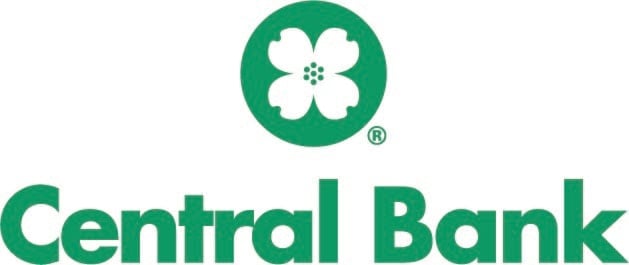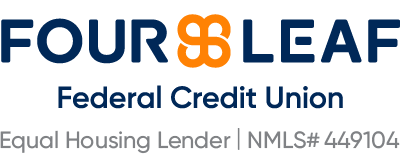

- About this lenderPros
- Loan origination process can be completed online.
- Offers government-backed FHA and VA loans.
- Offers module that compares mortgage rates among other lenders.
Cons- Offers loans in many states and Washington, D.C., but not nationwide.
- Does not offer home equity loans or lines of credit.

- About this lenderPros
- Displays customized rates, with fee estimates, without requiring contact information.
- Offers home equity loans and lines of credit.
- Mortgage origination fees are on the low side compared to other lenders, according to the latest federal data.
Cons- Doesn’t offer government-backed FHA or USDA loans, or adjustable-rate mortgages.
- Home renovation loans are not available.
- Mortgage rates are on the high side compared to other lenders, according to the latest federal data.


- About this lenderPros
- Offers unique loan types, including construction loans, first-time home buyer programs with down payment assistance and loans for self-employed borrowers.
- Real-time rate quotes available while working with a broker.
- Responsive customer service; loan disclosures available within an hour after completing your application.
- Competitive pricing often available, especially for non-traditional borrowers.
Cons- Does not publish interest rates online.
- No mortgage mobile app.
- Loans are not available in every state.


- About this lenderPros
- Interest rates and origination fees are on the lower end compared to other VA lenders.
- Offers VA energy-efficient mortgages.
- Offers VA refinancing.
Cons- Does not offer VA renovation loans.

- About this lenderPros
- Among the best when it comes to online convenience.
- Offers a full selection of mortgage types and products, including jumbo, home equity, and government loans.
- Claims to offer preapproval within 24 hours of loan application.
Cons- You'll have to complete a loan application to see mortgage interest rates.
- Bank branch locations limited to the Midwest.
- Does not offer home equity lines of credit.


- About this lenderPros
- Offers a purchase loan program with no lender fees for educators and first responders.
- Home equity lines of credit and renovation loans are available.
- Loans available for health-care professionals and self-employed borrowers.
Cons- Mortgage rates are not published online.
- Doesn’t offer home equity loans.


- About this lenderPros
- Interest rates and origination fees are on the lower side compared to other VA lenders.
- Offers energy-efficient mortgages.
- Offers VA refinancing.
Cons- Does not offer VA renovation loans.

- About this lenderPros
- Borrowers can apply, lock in a rate and receive a commitment letter within one day.
- Offers both HELOCs and home equity loans with a high borrowing limit of 90% CLTV.
- Offers mortgages for manufactured homes, as well as financing for self-employed borrowers.
Cons- No mobile app; customer service is by email or phone only.
- Borrower must provide contact information to see customized rates.
- Does not offer renovation or construction loans.


- About this lenderPros
- Offers a wide variety of purchase and refinance mortgages with an emphasis on helping underserved communities.
- Its home equity line of credit can be used for an owner-occupied or second home.
- Offers a program to enable buyers to make cash offers.
Cons- Mortgage origination fees tend to be on the high end, according to the latest federal data.

- About this lenderPros
- Displays customized rates, with fee estimates, without requiring contact information.
- Offers home equity loans and lines of credit.
- Mortgage origination fees are on the low side compared to other lenders, according to the latest federal data.
Cons- Doesn’t offer government-backed FHA or USDA loans, or adjustable-rate mortgages.
- Home renovation loans are not available.
- Mortgage rates are on the high side compared to other lenders, according to the latest federal data.


- About this lenderPros
- Offers a full array of online conveniences, including loan process updates.
- Offers financing for cooperatives, a type of home that’s common on the East Coast.
- Sample mortgage rates available for a variety of loan products.
Cons- In-person service available only in Queens and on Long Island, New York.
- USDA loans are not available.
- Customized rates not available online.


- About this lenderPros
- Loan origination process can be completed online.
- Offers government-backed FHA and VA loans.
- Offers module that compares mortgage rates among other lenders.
Cons- Offers loans in many states and Washington, D.C., but not nationwide.
- Does not offer home equity loans or lines of credit.


- About this lenderPros
- Offers unique loan types, including construction loans, first-time home buyer programs with down payment assistance and loans for self-employed borrowers.
- Real-time rate quotes available while working with a broker.
- Responsive customer service; loan disclosures available within an hour after completing your application.
- Competitive pricing often available, especially for non-traditional borrowers.
Cons- Does not publish interest rates online.
- No mortgage mobile app.
- Loans are not available in every state.

- About this lenderPros
- Among the best when it comes to online convenience.
- Offers a full selection of mortgage types and products, including jumbo, home equity, and government loans.
- Claims to offer preapproval within 24 hours of loan application.
Cons- You'll have to complete a loan application to see mortgage interest rates.
- Bank branch locations limited to the Midwest.
- Does not offer home equity lines of credit.


- About this lenderPros
- Mortgage rates are on the low side compared to other lenders, according to the latest federal data.
- VA loans represent more than a quarter of purchase volume, a larger share than many lenders NerdWallet reviews.
- Offers a variety of loan types for purchase and refinance, including fixed- and adjustable-rate loans and government options
Cons- HELOCs and no-down-payment loans are available only in the Kansas City metro area.
- Mobile app focuses on online banking, not mortgages.
- You’ll need to share contact information to see customized mortgage rates.


- About this lenderPros
- Offers a wide variety of purchase and refinance mortgages, as well as unique buyer assistance programs.
- Its home equity line of credit can be used for a primary residence or second home.
Cons- Average origination fees are on the high side, according to the latest federal data.
- Personalized mortgage rates are not available on the website without providing contact information.


- About this lenderPros
- Offers an online application and loan process updates.
- Offers mortgages for investment properties.
- Makes it easy to browse current rates and get a customized mortgage rate quote.
Cons- Does not offer FHA or VA government-backed loans.
- No renovation mortgage options.


- About this lenderPros
- Streamlined online process with document and asset retrieval capabilities, as well as the ability to edit your preapproval letter.
- Mortgage interest rates are on the low side compared to other lenders, according to the latest federal data.
- Offers the option to work with loan officers by phone if desired.
Cons- Getting a customized interest rate requires a credit check, which can affect your credit score.
- Origination fees are on the high side compared with other lenders, according to the latest federal data.


- About this lenderPros
- Specialty loans include financing for co-ops and nonwarrantable condos.
- Offers conventional loans for manufactured homes.
- Highly rated mobile app.
Cons- Interest rates are on the high side, according to the latest federal data.
- Doesn’t offer renovation, construction or USDA loans.
- Can’t get a preapproval online.